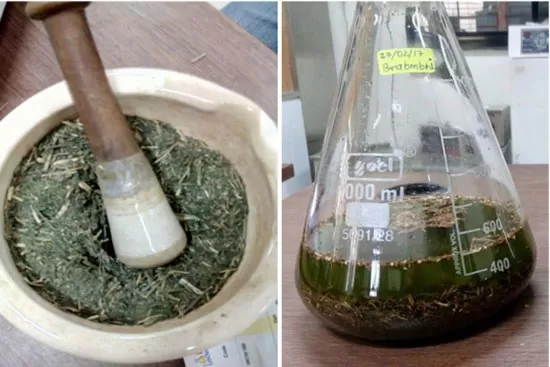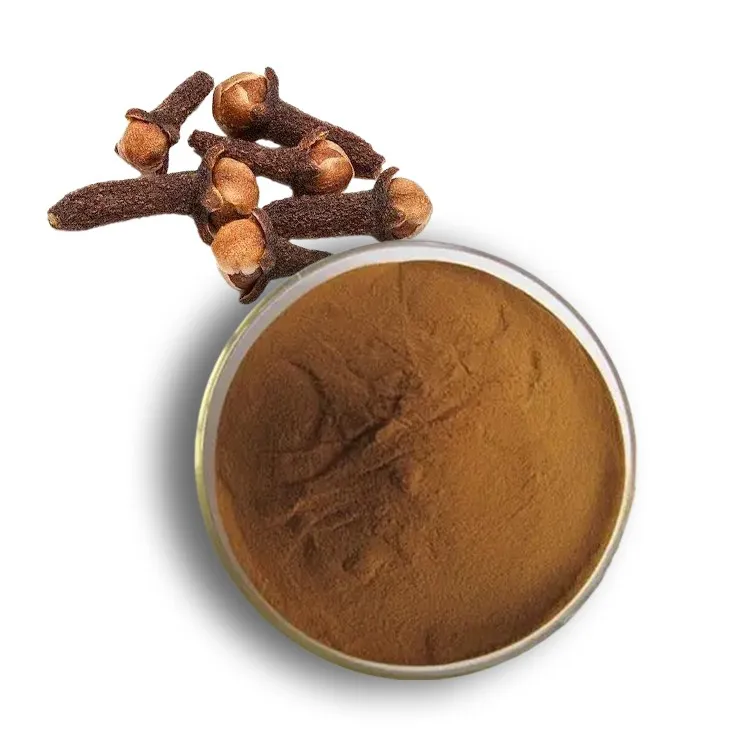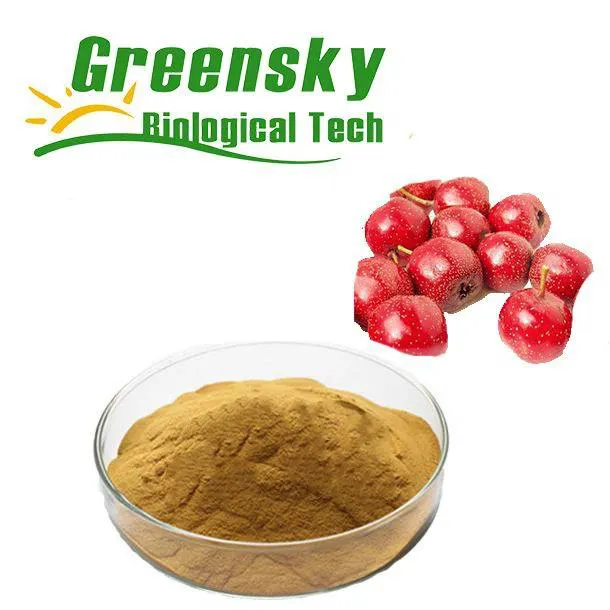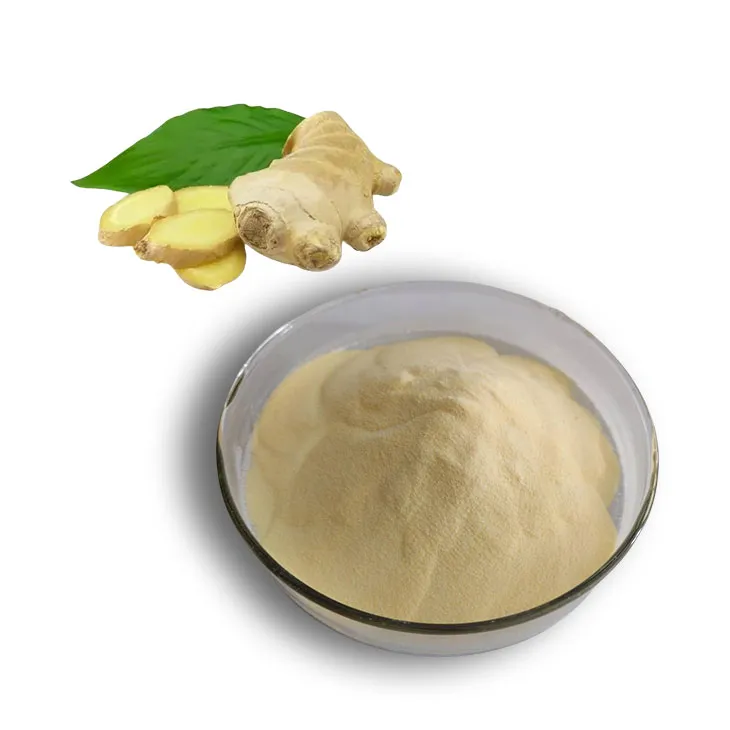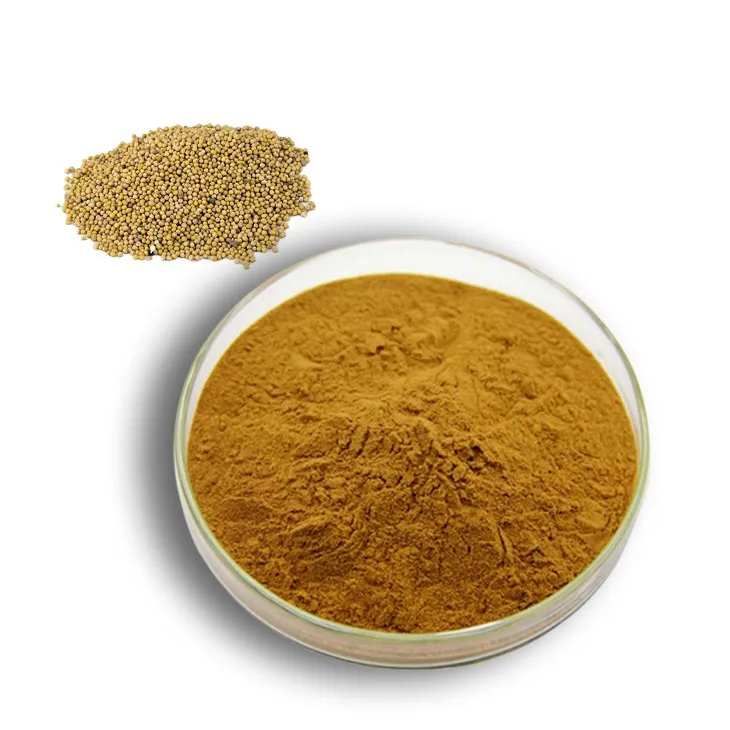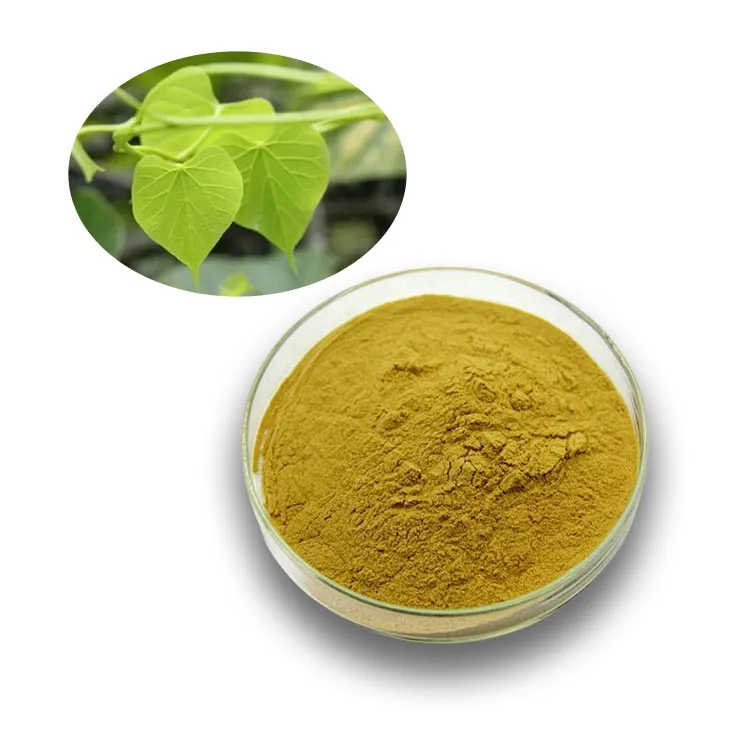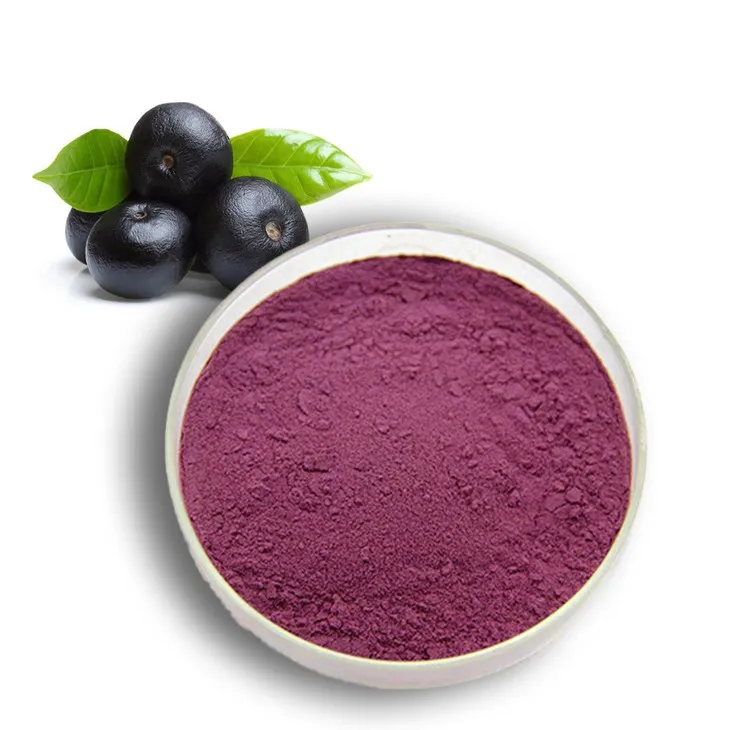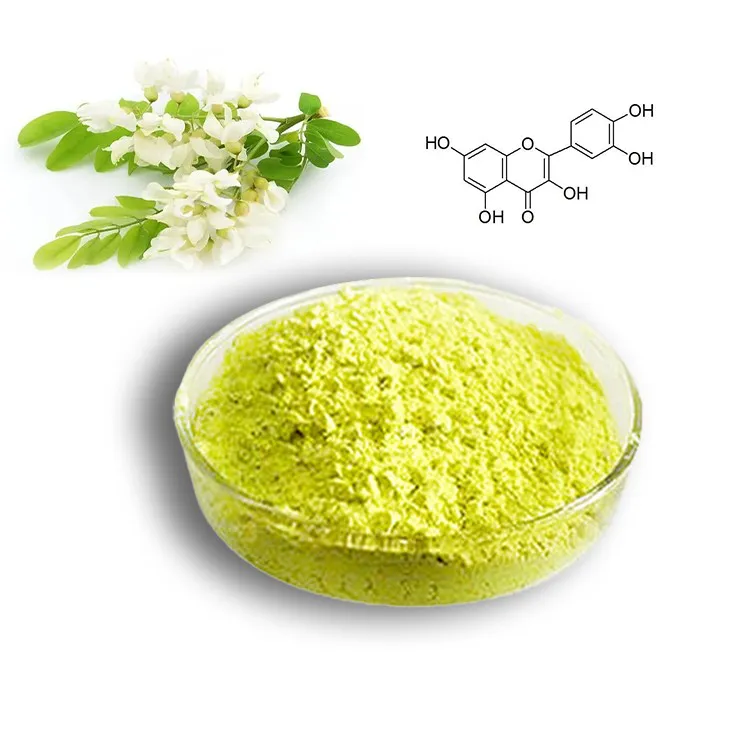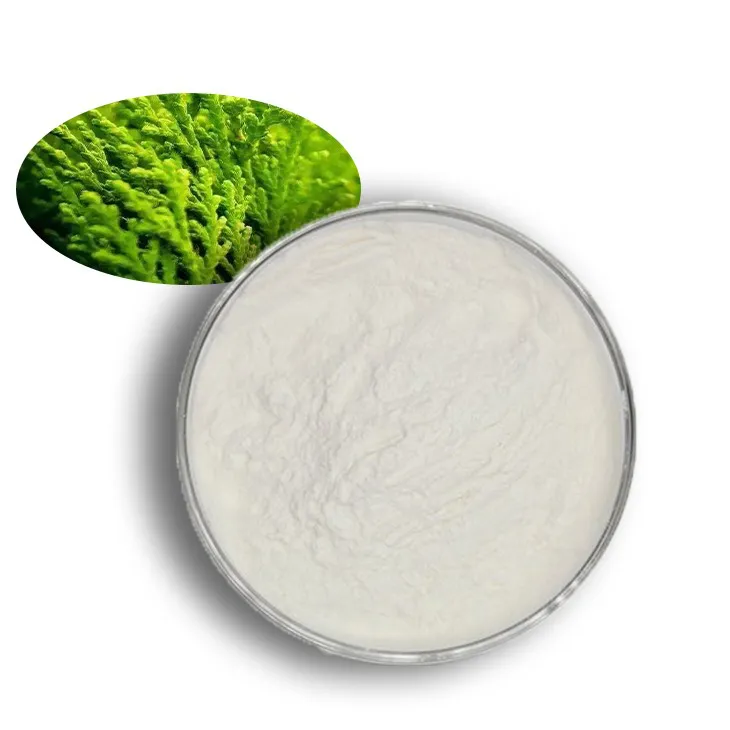- 0086-571-85302990
- sales@greenskybio.com
From Theory to Practice: Designing Efficient Solvent Extraction Plants
2024-07-21
1. Introduction
Solvent extraction is a widely used separation technique in various industries, including chemical, pharmaceutical, and mining. Efficient design of solvent extraction plants is crucial to ensure high - quality product separation, cost - effectiveness, and environmental sustainability. This article aims to bridge the gap between theoretical knowledge and practical implementation in the design of such plants.
2. Solvent Selection
2.1. Solubility and Selectivity
The first and foremost factor in solvent selection is the solubility and selectivity of the solvent towards the target compound. A good solvent should have high solubility for the solute of interest while having low solubility for other components in the mixture. For example, in the extraction of essential oils from plants, ethyl acetate is often preferred due to its good solubility for the volatile oils and relatively low solubility for water and other non - target substances.2.2. Chemical Stability
The solvent should be chemically stable under the operating conditions of the extraction plant. It should not react with the solute, the equipment, or other chemicals present in the system. For instance, in the extraction of metal ions from ores, some solvents may be prone to oxidation or hydrolysis, which can lead to decreased extraction efficiency and equipment corrosion. Chlorinated solvents, although having good extraction properties in some cases, may pose environmental and health risks due to their potential reactivity.2.3. Physical Properties
Physical properties such as density, viscosity, and boiling point play important roles in solvent extraction. A solvent with a lower density than the aqueous phase can be easily separated in a gravity - based separation system. Viscosity affects the mass transfer rate; a lower - viscosity solvent generally allows for faster mass transfer. The boiling point determines the ease of solvent recovery. For example, in the food industry, hexane is often used for oil extraction due to its relatively low boiling point, which enables easy separation from the extracted oil by distillation.2.4. Environmental and Health Considerations
With increasing environmental awareness, solvents with low toxicity, low volatility, and low environmental impact are preferred. Green solvents such as supercritical carbon dioxide are gaining popularity as they are non - flammable, non - toxic, and have a relatively small environmental footprint. In contrast, some traditional solvents like benzene are highly toxic and are being phased out in many applications.3. Equipment Design
3.1. Mixer - Settler Design
The mixer - settler is a common type of equipment in solvent extraction plants. In the mixer section, the solvent and the feed solution are vigorously mixed to enhance mass transfer. The design of the mixer should ensure thorough mixing without excessive energy consumption. For example, impeller - type mixers are often used, and the impeller speed and shape need to be optimized. In the settler section, the two phases are allowed to separate under the influence of gravity. The settler should have a sufficient volume and proper geometry to ensure efficient phase separation. A long and narrow settler may be more effective for some systems as it provides a longer residence time for phase separation.3.2. Column Design
Columns, such as packed columns and spray columns, are also widely used in solvent extraction. In a packed column, the packing material provides a large surface area for mass transfer between the solvent and the feed. The choice of packing material is crucial; materials like Raschig rings or structured packing can significantly affect the mass transfer efficiency. In a spray column, the feed is sprayed into the solvent, and the design should ensure uniform spraying and proper droplet size distribution to enhance mass transfer. The height and diameter of the column need to be optimized based on the specific extraction process requirements.3.3. Material of Construction
The material of construction for the extraction equipment should be compatible with the solvent and the feed solution. It should resist corrosion and chemical attack. For example, in the extraction of acidic solutions, stainless steel or other corrosion - resistant alloys may be required. In addition, the material should also meet the requirements of mechanical strength and thermal stability. For high - temperature extraction processes, materials with good heat - resistant properties are necessary.4. Process Optimization
4.1. Temperature and Pressure Control
Temperature and pressure can have a significant impact on the solubility of the solute in the solvent and the mass transfer rate. In some solvent extraction processes, increasing the temperature can enhance the solubility and mass transfer, but it may also lead to solvent evaporation or decomposition. Therefore, precise temperature control is necessary. Similarly, pressure control is important in some cases, such as in supercritical fluid extraction. For example, in the extraction of caffeine from coffee beans using supercritical carbon dioxide, the optimal temperature and pressure conditions need to be carefully maintained to achieve high extraction efficiency.4.2. Phase Ratio Optimization
The ratio of the solvent phase to the feed phase (phase ratio) affects the extraction efficiency. An appropriate phase ratio should be determined based on the solubility characteristics of the solute and the mass transfer equilibrium. A too - high solvent - to - feed ratio may lead to excessive solvent consumption and increased costs, while a too - low ratio may result in incomplete extraction. Through experimental studies and theoretical calculations, the optimal phase ratio can be identified for a specific extraction system.4.3. Mass Transfer Enhancement
There are several methods to enhance mass transfer in solvent extraction. One approach is to increase the interfacial area between the solvent and the feed, such as by using fine droplets or small - sized packing materials. Another method is to improve the turbulence in the mixing process, which can be achieved by optimizing the mixer design or using pulsating flow. Additionally, the addition of surfactants can also modify the interfacial properties and enhance mass transfer in some cases.5. Overcoming Challenges
5.1. Emulsion Formation
Emulsion formation is a common challenge in solvent extraction. Emulsions can slow down the phase separation process and reduce extraction efficiency. To overcome this, demulsifiers can be added to break the emulsion. The selection of demulsifiers depends on the nature of the emulsion and the components in the system. Physical methods such as centrifugation or heating can also be used to aid in emulsion breaking.5.2. Solvent Loss
Solvent loss can occur due to evaporation, leakage, or incomplete recovery. To minimize solvent loss, proper sealing of the equipment is essential. In addition, efficient solvent recovery systems, such as distillation or condensation units, should be installed. Monitoring and control systems can be used to detect and prevent solvent leakage in a timely manner.5.3. Fouling and Scaling
Fouling and scaling can occur on the surfaces of the extraction equipment, which can impede mass transfer and reduce equipment performance. Regular cleaning and maintenance are necessary to prevent fouling and scaling. The use of anti - fouling coatings or additives can also be considered in some cases.6. Conclusion
Designing efficient solvent extraction plants requires a comprehensive understanding of solvent selection, equipment design, and process optimization. By considering key factors such as solubility, selectivity, equipment compatibility, and process control, and by effectively overcoming challenges such as emulsion formation, solvent loss, and fouling, high - performance solvent extraction can be achieved in industrial applications. This transformation from theory to practice is essential for the development and improvement of solvent extraction technology in various industries.
FAQ:
Q1: What are the main criteria for solvent selection in designing solvent extraction plants?
When selecting a solvent for a solvent extraction plant, several main criteria need to be considered. Firstly, the solvent should have a high selectivity for the target solute. This means it can preferentially dissolve the desired component from the mixture. Secondly, its solubility properties are crucial. It should have appropriate solubility for the solute at the operating conditions of the plant. Thirdly, the solvent should be chemically stable and not react with the components in the feed mixture or the equipment. Additionally, factors like toxicity, flammability, and cost also play important roles. Low - toxicity solvents are preferred for safety reasons, and cost - effective solvents are more favorable from an economic perspective.
Q2: How does equipment design impact the efficiency of solvent extraction plants?
The equipment design has a significant impact on the efficiency of solvent extraction plants. In terms of the extraction unit, proper design ensures good contact between the solvent and the feed material. For example, in a mixer - settler, the design of the mixer should promote thorough mixing to enhance mass transfer between the two phases. The settler design, on the other hand, should allow for efficient separation of the solvent - rich and solute - rich phases. The size and shape of the equipment also matter. Adequate volume and surface area are needed to achieve the desired extraction rate. Moreover, the material of construction of the equipment affects its performance. Corrosion - resistant materials are often required to prevent contamination of the process and ensure long - term operation.
Q3: What are the common challenges in process optimization of solvent extraction plants?
There are several common challenges in process optimization of solvent extraction plants. One challenge is achieving the right balance between extraction efficiency and solvent recovery. Maximizing extraction efficiency may require using more solvent, but this can make solvent recovery more difficult and costly. Another challenge is dealing with variations in the feed material. The composition and properties of the feed can change, which may require adjustments to the operating conditions. Temperature and pressure control can also be difficult. Different solvents and solutes may have specific requirements for temperature and pressure, and maintaining these within the optimal range is crucial for efficient extraction. Additionally, minimizing energy consumption while maintaining high performance is a continuous challenge.
Q4: How can one ensure high - performance solvent extraction in industrial applications?
To ensure high - performance solvent extraction in industrial applications, several steps can be taken. Firstly, a thorough understanding of the feed material and the target solute is essential. This includes knowledge of their chemical and physical properties. Based on this, the appropriate solvent can be selected. Secondly, careful design and selection of equipment are necessary. The equipment should be tailored to the specific extraction process. Thirdly, continuous monitoring and control of the process parameters such as temperature, pressure, and flow rates are crucial. Any deviations from the optimal values should be quickly corrected. Also, regular maintenance of the equipment is important to ensure its proper functioning. Finally, research and development efforts can be made to explore new solvents and extraction techniques that can improve performance.
Q5: What role does mass transfer play in the design of solvent extraction plants?
Mass transfer plays a fundamental role in the design of solvent extraction plants. In the extraction process, the solute needs to transfer from the feed phase to the solvent phase. The design of the extraction equipment must facilitate efficient mass transfer. For example, in a packed column, the packing material is selected to increase the interfacial area between the two phases, which promotes mass transfer. The flow rates of the solvent and the feed also affect mass transfer. Appropriate flow rates ensure that there is sufficient contact time between the two phases for the solute to transfer. Additionally, factors like turbulence and diffusion also contribute to mass transfer. Understanding and optimizing these mass transfer - related factors are key to designing an efficient solvent extraction plant.
Related literature
- Solvent Extraction Principles and Practice"
- "Design and Optimization of Solvent Extraction Processes"
- "Advanced Solvent Extraction Technologies for Industrial Applications"
- ▶ Hesperidin
- ▶ citrus bioflavonoids
- ▶ plant extract
- ▶ lycopene
- ▶ Diosmin
- ▶ Grape seed extract
- ▶ Sea buckthorn Juice Powder
- ▶ Beetroot powder
- ▶ Hops Extract
- ▶ Artichoke Extract
- ▶ Reishi mushroom extract
- ▶ Astaxanthin
- ▶ Green Tea Extract
- ▶ Curcumin Extract
- ▶ Horse Chestnut Extract
- ▶ Other Problems
- ▶ Boswellia Serrata Extract
- ▶ Resveratrol Extract
- ▶ Marigold Extract
- ▶ Grape Leaf Extract
- ▶ blog3
- ▶ blog4
- ▶ blog5
-
What are extracts made of?
2024-07-21
-
Extract Usage: A Comprehensive Guide
2024-07-21
-
Are plant extracts good for you?
2024-07-21
-
What are plant-based extracts?
2024-07-21
-
What Is a Plant Extract? A Deep Dive
2024-07-21
-
Clove Powder
2024-07-21
-
Hawthorn Extract
2024-07-21
-
Red Wine Extract
2024-07-21
-
Ginger Extract
2024-07-21
-
White mustard seed extract
2024-07-21
-
Tinospora cordifolia extract
2024-07-21
-
Genistein
2024-07-21
-
Acai Berry Extract
2024-07-21
-
Quercetin
2024-07-21
-
Carrageenan Extract Powder
2024-07-21











